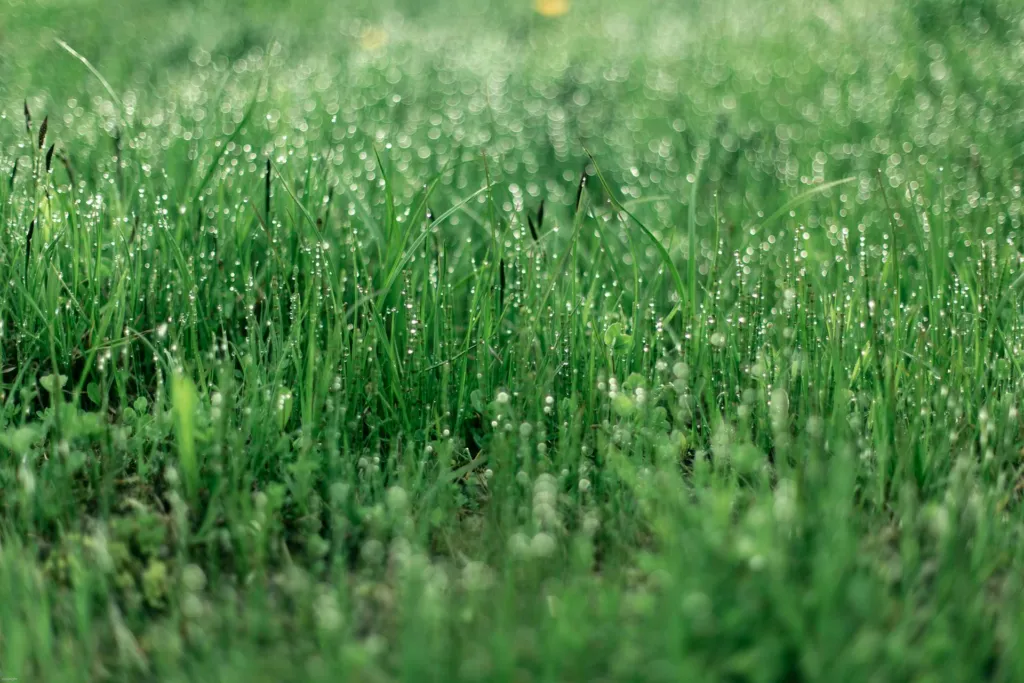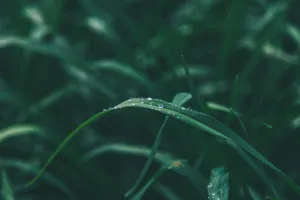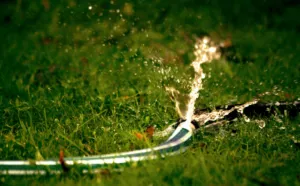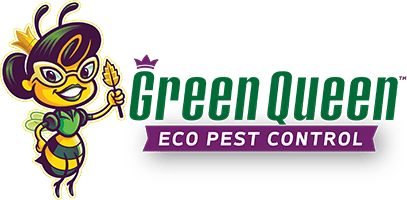
Core Aeration & Liquid Aeration: What’s the Difference?
Find Out More About Eco Lawn Aeration Services
Maybe you water, fertilize, and offer some words of encouragement. But your grass still doesn’t look as green as you’d like. Is it thin and patchy? Liquid and core aeration could be the easy solution. This simple process gives roots oxygen. In fact, it’ll help water suddenly start to seep in. And fertilizer will stop washing off. Lastly, your grass will flourish.
But not every type of aeration is made equal. Core aeration is a type of conventional, mechanical aeration that leaves dirt plugs everywhere. Liquid aeration is a cutting-edge, mess-free soil solution that produces slower results.
Which one is best for you? That depends! For all the useful information and advice you require regarding eco-friendly lawn aeration, continue reading.
What’s Aeration & Why Is It Important?
When your yard is aerated, nutrients, water, and air can reach the roots, where they are most needed. It enhances the absorption of iron, calcium, manganese, phosphorus, potassium, nitrogen, and more. All of which are necessary for your grass to maintain its health and appearance over time.
Aeration lessens soil compaction, but how compaction happens is a fascinating question. Foot traffic, heavy equipment, clay soil, and thatch accumulation are some of the causes of soil compaction. (The spongy layer of dead grass and roots that obstructs water and fertilizer is called thatch.)
Lawns require aeration for the following additional reasons:
- More robust roots. Deeper roots that can withstand summer droughts result from more oxygen.
- Improved absorption of nutrients. Fertilizer won’t simply wash into the street or sit on top.
- Reduced runoff. Rather than forming mini lakes on your lawn, water actually soaks in.
- Fewer empty areas. In some places, grass thins out or stops growing due to compacted soil.
- Better soil health. It promotes the growth of microorganisms and earthworms, which can result in greener grass and a healthy lawn.
Core Aeration: What Is It?
Core aeration uses an aeration machine to mechanically remove tiny plugs, or “cores,” of soil from the lawn. As a result, nutrients, water, and oxygen can reach the soil and roots more deeply. The process leaves bits of soil and thatch on the yard’s surface to create a healthier environment for your grass to grow thick, green, and lush.
For cool-season grasses (Kentucky bluegrass, fescue, and ryegrass) or lawns with significant compaction problems, core aeration is typically recommended.

What are the best times for core aeration?
- Early spring (March–April). Prepare your grass for the stress of summer while also blocking out weeds with thicker turf.
- Early fall (September–November). This gives roots time to recover before winter.
What are the benefits of core aeration?
- Quick progress
- Improves water retention and nutrient absorption
- Reduces the buildup of thatch
- Preps the soil for overseeding and fertilization
- Increases root depth and resistance to drought
Liquid Aeration: What Is It?
It’s a cutting-edge substitute for conventional core aeration that uses a specialized liquid spray to gradually loosen soil at the microscopic level while promoting microbial activity. Although it might take longer to work, it frequently produces better results (and your grass doesn’t have unsightly plugs).
For warm-season grasses (such as Bermuda, Zoysia, and St. Augustine) or lawns with mild to moderate compaction problems, liquid aeration is typically advised.
What are the best times for liquid aeration?
- Late spring to early summer (April–June). The best time in this season is right before grass starts growing more quickly.
- Early fall (September–October) as grass is putting down roots in slightly cooler soil.
What are the benefits of liquid aeration?
- Minimal soil disturbance (no mess or plugs)
- Covers locations that are hard to get to
- Reduces the possibility of sprinkler and utility line damage
- Long-term improvement of the soil environment
The Major Differences Between Core vs. Liquid Aeration
Application
- Hollow tines remove plugs during mechanical core aeration. A spray is used in liquid aeration.
Time for Results
- Results from core aeration are instantaneous. Weeks may pass before you see the impact of liquid aeration.
Soil Coverage
- Conventional aeration techniques might not offer uniform treatment coverage since they make individual holes or plugs in the soil. On the other hand, liquid aeration evenly covers the whole lawn surface.
Surface Disruption
- Liquid aeration is much less disruptive and leaves no unsightly residues on the lawn, whereas core aeration leaves behind visible soil plugs that take time to break down.
Overseeding Compatibility
- For those who wish to overseed as well, core aeration is perfect. Liquid aeration with new seeds isn’t typically as successful.
Long-Term Impact
- While liquid aeration can be used more frequently to address persistent compaction problems and gradually improve soil health, core aeration is typically carried out once or twice a year.
Is Core or Liquid Best for Your Lawn?
Here’s how to pick the ideal match for your lawn. When your yard feels like concrete, you’re planting new grass, or your lawn has never received professional care, core aeration is your go-to heavy-duty solution.
Conversely, liquid aeration is your low-maintenance hero. It’s ideal for routine maintenance in between core treatments, when you don’t want to clean up after yourself, or when you’re worried about the appearance of your yard.

Seasonal & Regional Considerations
Set aside time on your calendar for fall aeration of cool-season grasses, such as Kentucky bluegrass, fescue, and ryegrass. Those soil plugs strengthen roots before winter arrives and provide the ideal bed for overseeding as temperatures drop by relieving summer compaction. If you miss the window, spring works too, but the magic happens in the fall. In the Northeast and Midwest, where cool-season grasses flourish, now is the ideal time of year for lawns.
Warm-season varieties (Bermuda, Zoysia, and St. Augustine) in the Southeast, South, and Southwest require aeration in late spring, early summer, or late fall. The best time for these grasses to recover from aeration is when they reach their peak growth time.
When should you NOT aerate?
If not done at the right time, even the best-laid lawn care plans can backfire. Avoid using the aerator in periods of intense heat or drought (your grass is already under stress), freezing temperatures (frozen soil can ruin aerator tines), and periods of soggy, wet weather (you’ll only worsen compaction).
Overseeding & Fertilization After Aeration
Overseeding can be used to cover exposed spots in your yard. By combining aeration with the increased root growth of spring and autumn, you can optimize the advantages of a seeding application.
Aerating your lawn promotes the germination of new seeds by forming a fertile bed. Together, air, nutrients, space, and water enable new seeds to sprout and cover exposed areas.
Because core aeration leaves your lawn more “open” to nutrients, it’s a great time to plant seeds or fertilizer within 48 hours. You might have to wait a week before applying fertilizer if you’re using liquid aeration.
FAQs About Liquid & Core Aeration
Which method gives faster results?
While the benefits of liquid aeration accumulate over time, core aeration produces more noticeable and immediate results.
Is liquid aeration suitable if you have kids or pets?
Liquid-aerated lawns are usually safe for children and pets to walk on after the treated area has dried.
How often should I aerate my lawn?
It depends on the level of foot traffic and soil type, but we generally recommend annual aeration at a minimum.
Ready to Aerate Your Yard? Let Us Know!
The argument between liquid and core aeration ultimately comes down to giving your grass the much-needed breathing room. Whether you go all out with core aeration or opt for liquid’s subtle soil science, you’re already winning by paying attention to what’s happening underneath those blades.
Reach out to Green Queen today to learn more about lawn aeration! We proudly offer eco pest control and lawn care services to the following areas:
